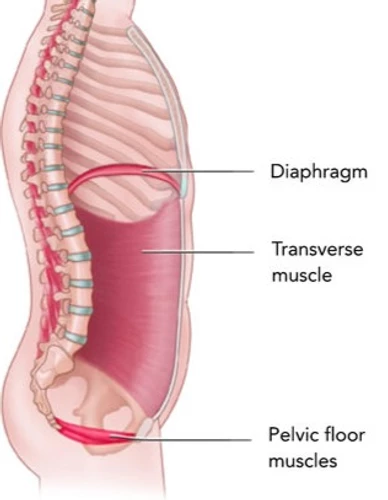Staying Healthy as a Female Runner
In a sport that is already flush with injuries, unfortunately women are injured even more frequently than men. Most commonly, pathology of the knee, bone stress injuries, shin pain and plantar fasciitis are 50% more common in women.
So what is it about female runners that predisposes them to more frequent injury? It comes down to both mechanical and biological differences. A little about how and why and what you can do to continue to be a strong and healthy runner.
Mechanical
Research has demonstrated that women are more likely to have greater levels of hip adduction and internal rotation leading to increased valgus position of knees with running. Long standing theory has been that this is due to the fact that women tend to have a wider pelvis than men (also known as Q angle). The belief being that with a wider pelvis, the legs have to come in more to maintain feet centered below midline. Evidence to support this theory is inconsistent and generally this shouldn’t limit a female runners ability to work on these alignment deviations with a good strength routine and retraining motor patterns. Most female runners I see tend to be generally hypermobile and lax. Lack of proper adequate strength and control of that mobility will further magnify these movement patterns.
Biological
This is particularly pertinent in regards to higher rates of bone stress injuries seen in women. This is often due to increased likelihood of vitamin D and calcium deficiency. The more complicated contributor to this is the constellation of menstrual dysfunction, low energy availability and decreased bone mineral density known as the female athlete triad. Far too often female runners are restricting their diets to the point of existing in a consistent calorie deficit without adequate nutrients for their level of activity. This can be the case with or without a true eating disorder.
Pregnancy and Postpartum
With pregnancy comes an influx of hormones that create even more laxity in your body than may have existed before. In addition to this, pelvic floor and abdominal musculature can be stressed to the point of significant weakness. The combination of hypermobility and weakness of these vital stabilizing structures can lead to pain anywhere down the chain but most commonly, low back pain and radicular pain like sciatica.
While this may not be an “injury” per se, it is far too often that I hear my postpartum runners just accept the fact that they pee when they run. This is not something you just have to deal with ladies! Stress urinary incontinence seen in postpartum women can be much more complicated than just doing more kegels. Often it is a combination of both abdominal and pelvic floor weakness, but sometimes there is actually an overactivity of these muscles. This is why it’s vital that you see a physical therapist to guide you in this process. I truly believe that every woman should see a pelvic floor specialist before, during and after pregnancy. Luckily, we specialize in pre and postnatal exercise! You can learn more about our For the Moms Programs here!
So what should you be doing to stay healthy as female runner?
Incorporate strengthening with focus on weight bearing for bone health and hip strength to assist with control of lower extremity alignment with running.
In addition to strength, focus on motor control and correcting faulty movement patterns that may exist. Remember the importance of specificity, you have to correct these patterns during running as well.
Pay attention to your body. Missed periods that are not explained any other way are a sign of energy deficiency that must be addressed.
Proper intake of calcium, vitamin D and healthy fats are protective of bony injury
Strength, pelvic floor and lumbopelvic control are vital pieces to incorporate into training for pregnant and postpartum women
Gait retraining and optimization can improve faulty movement patterns and reduce load rates with running which has been shown to decreased stress urinary incontinence
If you're having concerns regarding any of these topics, please feel free to reach out with any running, personal training or physical therapy questions. If you're wondering if you have alignment deviations that may contribute to recurring injury history, a gait analysis is a good place to start!






